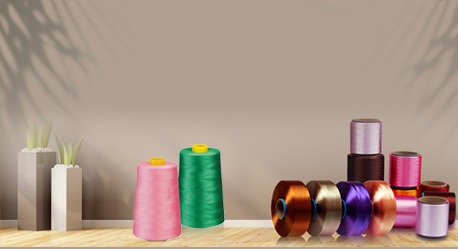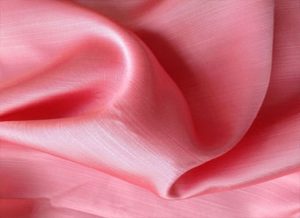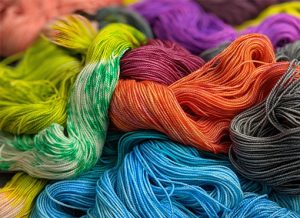Polypropylene yarn is also known as PP, and Polypropylene yarn is recognized as the lightest and most usable yarn in the textile industry. The hygienic structure of polypropylene yarn is not sensitive to responses. Therefore, the breath structure throws Moisture generated by sweat and other similar reasons, does not keep water and Moisture, and contains no filth or stain.
In terms of conversion to nature and reusability, it’s also in a more favorable position than many other yarn variations.
It is a kind of yarn, which may at the appropriate ratios also achieve great strength. The applications created during production include properties such as high durability and irritability.
It is not only utilized by the narrow fabric industry as the best-loved yarn type because of its technical features but also employed in various industries and sectors, including household textiles, sockets, and tapestries.
PP Yarn Advantages
Flexibility, low density, low thermal conductivity, low humidity absorption, food-based compatibility, lowest static electricity, high chemical resistance…
Light in weight
It is the lightest of the textile yarns utilized. Compared to polyester and nylon from other synthetic yarns, it is a relatively light polymer.
Eco-friendly
Polypropylene in synthetic materials like polyester and nylon is the most beneficial of synthetic polyps.
No World Moisture
PP is a hydrophobic polymer that repels water. Consequently, variations in relative humidity do not influence their mechanical characteristics.
Do not give up the color.
After manufacture, PP does not keep painting. During manufacture, the yarn is painted in the required color, and each order is obtained in the same hue. Thus, there is no difficulty with color differences.
Stain and dirt
Because of its molecular structure, PP is not suited for dirt and stains. The sweaty service helps the body to dry through the garment.
Allergy-free
There are no filth, stains or coloring, and antibacterial characteristics since the bacterial qualities in the body are not there. Anti-allergic, extra antibacterial substances may also be developed.
Mechanical properties
To meet diverse market needs, polypropylene fibers are generated in a range of kinds with various tenacities. Fibers have a tenacity of 4.5-6.0 g/d for typical textile applications. However, for usage in ropes, nets, and other related goods, high tenacity yarns up to 9.0 g/den are manufactured. With high strength and high modulus, high-performance PP fibers were produced.
Thermal properties
The lowest thermal conductivity of any natural or synthetic fiber is polypropylene fiber (6.0 compared to 7.3 for wool, 11.2 for viscose, and 17.5 for cotton). PP fibers retain more heat for a longer duration, offer great insulating qualities in clothing, and maintain dry and warm wearers in conjunction with their hydrophobic nature.
Polypropylene fibers are around 150°C softened and about 160-170°C melting point. PP fibers maintain good elasticity at low temperatures of -70°C or below. PP fibers maintain almost all of their usual mechanical characteristics at high temperatures (but below 120°C).
Dyeability
Both its chemical, and its physical characteristics influence the dyeability of fibers. Fibers with polar functional groups can be more readily colored in their molecular repeat units. These polar groups can operate as active sites for chemical bond combinations with dye molecules.
As polypropylene molecular chains have no polar functional groups and no relative high crystenicity (50-65 percent) (active sites for chemical bonding or dye sites), chemical dye molecules can’t attract the fiber from them. Moreover, because of their hydrophobic characteristics, the coloring molécules cannot be firmly absorbed by the fiber.
Wrap up
Polypropylene is a synthetic fiber that is made from 85% propylene and is used in many industries. Poly-sectional fiber is also known as polypropene or PP. It is employed in many diverse sectors, but the production of tapestry yarn is one of the most popular ones. Most affordable light residential carpets are, for instance, produced from this material. The fiber is thermoplastic, resistant and mildew-resistant, as well as numerous chemical substances.




